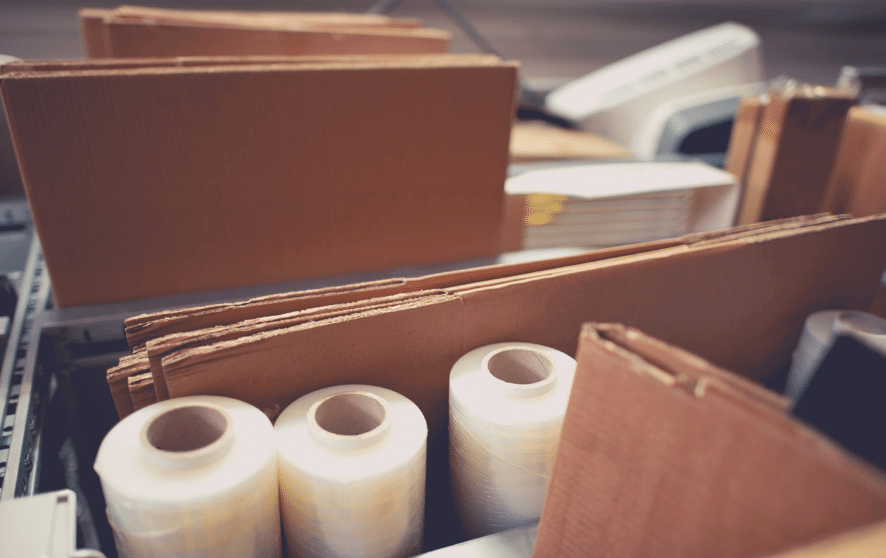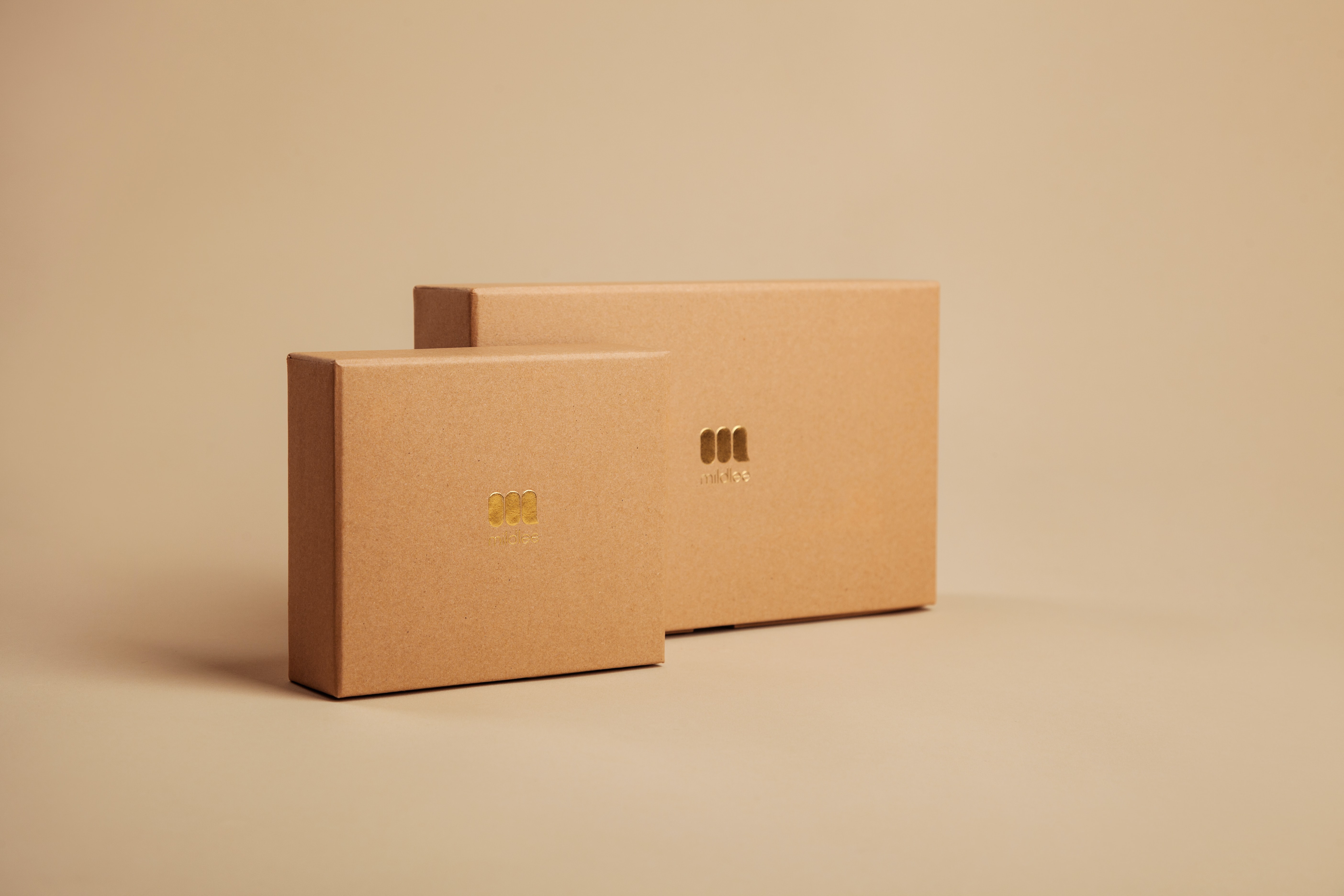In order to answer your request, we are obligated to process the data given above. Sometimes, however, we would like to use them for slightly different purposes, such as statistical data or informing you about our new products and services.We promise that we will use the given information for communication purposes only. We also remind you that you can unsubscribe from our mailing at any time (see Privacy Policy).
However, the world of ecommerce is full of business models which fail to pay appropriate attention to certain types of expenditure. What exactly are these?
The process of packaging, packaging materials, and shipment. Any failings in this area may result from insufficient expertise of store managers and the lack of suitable tools to monitor the costs of order processing.
Time for savings
With the economic slowdown and the vision of the market’s shrinking cash resources knocking at our door, it is all the more important to monitor, analyze and optimize the costs of running a business. Adequate supervision of corporate expenses in the e-commerce sector has recently gained insignificance, all the more so with the sales moving online. On the one hand, the number of orders increases, but on the other, the costs of handling these orders also escalate.
Profit or loss?
In e-commerce, the customer tends to incur delivery costs that are lower than they are in reality. What’s more – shipment is often free. In practical terms, this means that the difference between the price paid by the buyer and the cost incurred by the seller is covered from the product margin.
When the delivery is free, this margin finances the entirety of logistical costs. This makes it all the more crucial to be able to determine the actual level of costs of processing individual orders and to examine whether the store is making or rather losing money.
Details that make all the difference
Let’s adopt a simple assumption: the buyer pays EUR 3 in shipping costs. If the courier costs the store EUR 2.80, the cardboard box EUR 0.35, and fillers, tape, and the printing of order documents add up to EUR 0.1, then the cost of delivery (without the costs linked to the warehouse and warehouse employees) is already as high as EUR 3.25. Therefore, the seller finances all the warehouse costs (paying for the premises and salaries for the warehouse employees) from his margin and additionally contributes EUR 0.25 to the delivery itself.
Depending on the industry, location, form of delivery, and the number of handled orders – the total logistic cost of handling an order may vary from EUR 2 to even EUR 5. This amount swallows up the entirety or most of the seller’s margin.
The right way of approaching costs
Without necessary tools, it is very difficult to verify whether the store earns money on specific orders, or whether it adds money to them, and with a larger scale of operations – this is practically impossible. In the current situation, such uncertainty and risk are the last things to which e-sellers should be exposed. The solution to this problem comes in the form of the Linker OMS system.
With this software, ecommerce stores can:
- determine the types and varieties of packaging,
- assign packaging to a specific order via the warehouse employee:
- if the cardboard box has a barcode – by scanning the code,
- if the barcode is missing – by scanning the appropriate code at the workstation,
- in the simplest version – by choosing the packaging type from a list.
- define and assign to orders a fixed quantity of:
- plastic void fillers,
- paper fillers,
- stretch film,
- record the number of printed sheets (invoices, delivery notes, forms, etc.) based on printouts defined in the system,
- on the same basic account for additional services:
- inserts,
- special packaging.
In more advanced configurations, Linker OMS system allows us to achieve much more. With this tool, you can:
- specify the right size of packaging based on product logistics data entered into the system,
- control the delivery method or the size of packages destined for parcel pick-up stations based on the packaging,
- suggest the use of void fillers where required,
- record the time spent packing individual orders,
- generate waybill reports to compare them with the cost of courier shipments.
Priceless data
The data recorded by the Linker OMS software, combined with information from other sources, allow you to draw up reports containing the sum of all costs associated with the processing of individual orders (costs of packaging, couriers, and even warehouse employees). By comparing – even with the use of a simple Excel sheet – the order processing costs with the revenue and net margin, e-stores can easily determine the profitability of each order. This knowledge is necessary for them to undertake the evaluation of their pricing policy and costs.
Thanks to these analyses, e-stores can correct their prices where this is made possible by the competition. Where product prices cannot be modified, these analyses are a trigger to amend the entire cost policy of the business. Changing the packaging, the method of packaging, or even the quantity of fillers used – all these factors can help to reduce logistics costs.
The Linker order management system software also comprises a billing module that currently offers a variety of basic billing functions. Work is ongoing to expand the billing module’s functionalities to allow the automatic calculation of numerous cost items related to packaging.





